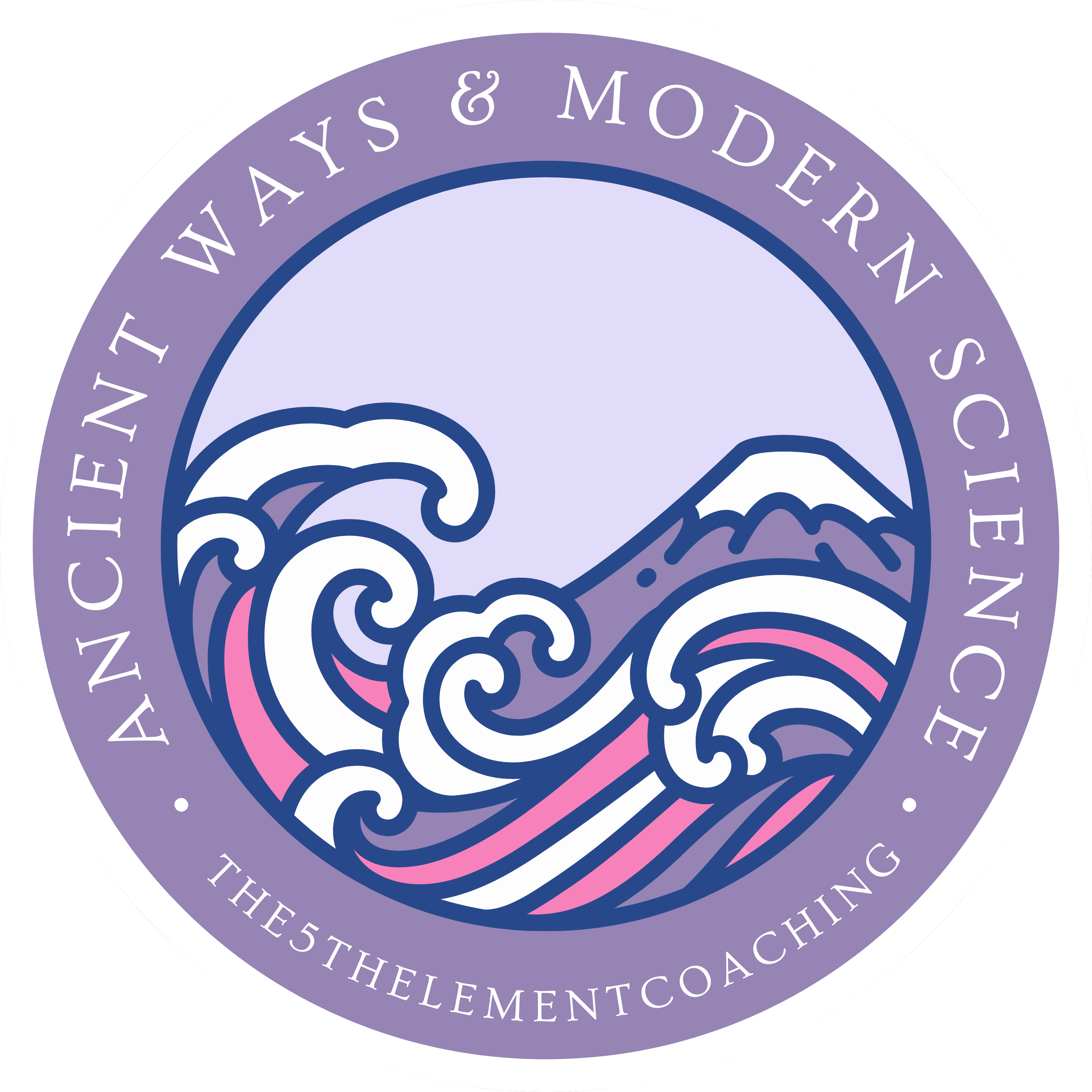In a fast-paced world filled with constant stimuli, creating a harmonious and balanced environment at home has become more crucial than ever. Two practices, Environmental Psychology and Feng Shui, offer insightful approaches to achieve not only aesthetically pleasing spaces but also environments that positively impact our well-being.
Environmental Psychology: A Mindful Connection with Spaces
Environmental Psychology delves into the intricate relationship between individuals and their surroundings. By understanding how our environment affects emotions, behaviors, and overall mental well-being, we can intentionally design spaces that foster positivity and productivity.
1. Color Psychology: Colors have the power to evoke emotions and influence mood. Warm tones like yellows and oranges can promote energy and creativity, while cool blues and greens induce calmness and focus. Incorporating these hues strategically in your living or workspace can have a profound impact on your state of mind.
2. Natural Elements: Bringing nature indoors is a fundamental aspect of Environmental Psychology. Exposure to natural light, indoor plants, and natural materials can reduce stress, improve mood, and enhance cognitive function. Consider introducing potted plants, wooden furniture, or large windows to invite the outdoors in.
3. Personalization: Engaging with your environment on a personal level is key. Display meaningful artwork, incorporate cherished objects, and arrange furniture in a way that aligns with your lifestyle. Creating a space that reflects your personality promotes a sense of belonging and comfort.
Feng Shui: The Art of Energy Flow
Feng Shui, an ancient Chinese practice, focuses on the flow of energy, or “chi,” in a space. By harmonizing the energy in our surroundings, Feng Shui aims to create balance and positive life experiences.
1. Bagua Map: Utilizing the Bagua map, a tool in Feng Shui, helps identify key areas of your home corresponding to different aspects of life. By enhancing specific zones with elements and colors that represent prosperity, health, or relationships, you can promote balance and fulfillment in those areas.
2. Decluttering: Feng Shui emphasizes the importance of decluttering to allow energy to flow freely. A clutter-free space promotes clarity of thought and reduces stress. Take the time to assess your living areas and remove unnecessary items to create a serene atmosphere.
3. Yin and Yang Balance: Achieving a balance between yin (passive) and yang (active) elements is essential in Feng Shui. Balancing soft textures with strong, vibrant colors, or incorporating quiet spaces with lively ones contributes to a harmonious environment.

The Synergy of Environmental Psychology and Feng Shui
By combining the principles of Environmental Psychology and Feng Shui, we can create spaces that not only look visually appealing but also contribute positively to our mental and emotional well-being. Imagine a home or workspace where colors, natural elements, and energy flow seamlessly align to support your goals and aspirations.
In the pursuit of a more fulfilling and balanced life, consider the profound impact that intentional design, guided by both Environmental Psychology and Feng Shui, can have on your daily experiences. Embrace the harmony in design and witness the transformative effects on your overall happiness and productivity.


